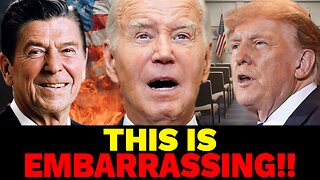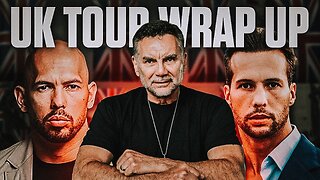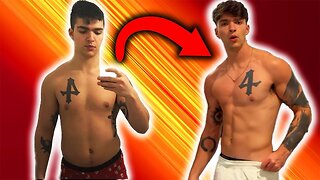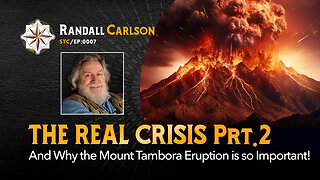The Mob at Work
Patterned after the model of the Family in Sicily, mafia activities in America centered in large industrial centers, such as New York and Chicago. Part of the mob's success was its ability to deliver jobs. It was only natural that its influence would be felt in organized labor. The film looks at those ties and practices, and the unsolved case of Jimmy Hoffa. This episode tells the history of the mafia involvement through the unions. Only after violent protests did unions establish themselves in the USA, and from early on the mafia became involved. Strikes by the unions were broken up by thugs hired by the employers. In turn the union hired gangsters to 'fight fire with fire'. Fratianno tells how he started this way, being hired to lead gangs to protect the workers and fight the opposing thugs in pitch battles in the numerous strikes of the 1920's. Once the gangsters were involved, they gradually assumed power in the unions, particularly the ILA (docker's union) in New York. Workers were then exploited by such means as kick backs for gaining employment. All rivals and those who spoke out were disposed of, until eventually Johnny Dwyer (interviewed here) took a stand to rid the union of the mafia. The union was led by Anthony Anastasia, a high ranking mafiosi, whose brother Albert was head of 'Murder Incorporated'. With the escalating violence, public outcry meant that the Waterfront Commission was established and succeeded in ridding the New York ILA of mafia control. But they just moved on. Miami's docks became a target when the city's profile and business boomed in the 1960's. The mafia's greatest involvement was with the development of the roads and the subsequent rise in membership of the teamsters, the lorry drivers' union. Their leader was Jimmy Hoffa, who rose to the ranks of National President in1957, on a wave of popularity but also with the heavy involvement of mafia associates. The membership of the teamsters totalled over 2 million and its pension, insurance and other funds amounted to billions of dollars. The programme shows the senate committee questioning Hoffa when it was obvious that he was in allegience with the mafia, and most notably Tony 'Pro'. Hoffa was being controlled by the mafia, and when he was jailed for misappropriation of funds the mafia tightened its grip by securing the Presidency for a man named Fitzsimons. Upon his release, Hoffa assumed that he would be reinstated by his mob friends but they were happy with their man and there was no room for Hoffa. He would not accept this and he disappeared in 1975. Though his body has not been found, Fratianno states that he was murdered for the reasons mentioned above. Tony 'Pro' is descibed as a paranoid schizaphrenic by the heavily disguised Ralph Picardo, another mobster turned FBI informer. He was contracted by Tony 'Pro' to sabotage shipping companies and was shown his own grave by the mob boss, in case he got too ambitious. Picardo explains the methods used to extort money from the shipping companies from polluting the petrol tanks to putting people on the payroll who did not even exist. The programme closes with the fact that at the time of filming, the mafias interest in the teamsters remained as strong as it ever had.
-
 26:18
26:18
Stephen Gardner
3 hours agoTop Republican UNLOADS on Democrats and Biden's MENTAL HEALTH!!
22.2K48 -
 44:30
44:30
Michael Franzese
2 days agoCancel Culture Backlash of My UK Tour | Michael Franzese
79.5K43 -
 35:12
35:12
Island Hopper TV
1 day agoFull Costa Rica Travel Guide 2024
30.9K32 -
 4:43
4:43
ParisDemers
1 day agoThis Diet Hack Changed My Life! (How To Get Ripped FAST!)
49.6K46 -
 46:57
46:57
Crime Circus
1 day agoApple River ST*BBING!! Stand Your Ground Interrogation of Man in Wisconsin
56.5K45 -
 9:39
9:39
Tactical Advisor
1 day agoHow To Improve Your Shooting For FREE! Mantis Blackbeard X
70.2K14 -
 1:00:59
1:00:59
Squaring The Circle w/ Randall Carlson
1 day ago#007 The Real Climate Crisis Noone Is Talking About and Mount Tambora Pt 2
75K21 -
 13:52
13:52
America Uncovered
1 day agoEveryone is WRONG About Trump's Guilty Verdict
53.8K100 -
 13:10
13:10
Censored TV
1 day agoThe Owen Benjamin vs Jim Goad debate was WILD
60.9K41 -
 25:27
25:27
Degenerate Plays
21 hours agoThe Microtransaction Master - Call Of Duty Modern Warfare Remastered : Part 3
59.5K4